English Dub Season Review: Back Arrow Season One
Produced by Studio VOLN, written by Kazuki Nakashima (Kill La Kill and Gurren Lagann), and directed by Gorō Taniguchi (Gun x Sword and the Code Geass franchise). The series takes place in the world of Lingalind which is surrounded by a mystical wall with seemingly nothing beyond its confines. Worshipped as the mother of the land, the wall delivers celestial gift capsules called “Rakuho” to various locations across the continent. Arriving once a month, the capsules contain metallic armbands that allow the wearer to transform into a mechanical being known as a “Briheight.” As a result, Lingalind is thrown into constant turmoil by its warring nations, all hoping to strengthen their military prowess by procuring the offerings for themselves.
One day, a Rakuho crash-lands in the countryside with an unexpected inhabitant—a mysterious black-haired man. All eyes are set on this strange newcomer, who calls himself “Back Arrow,” when he claims to have hailed from a place beyond the wall which is considered a big deal since it can potentially unravel Lingalind’s entire dogmatic foundation…
On the technical side, Studio VOLN still has a long way to go with their visual flare yet I find the character designs to be quite distinctive and colorful for the most part, and easy to identify from a distance. But they don’t reflect what is normally considered to be “cool” by 2020 standards. I will also say the CG scenes involving mechs were passable, but not “Batman Ninja” levels of amazing. As for the audio, The music was composed by Kōhei Tanaka and I commend him in moments where music isn’t always used for every single moment, as certain scenes benefitted from proper breathing room thereby bringing the use of silence to greater effect. The opening theme for the first 12 episodes is called “Dawn” performed by “LiSA” while the ending theme is “The End of the World” which was performed by Shuka Saitō. As from episodes 13–24, the second opening theme is “Heartbeat” performed by Eir Aoi while the ending theme is “United Sparrows” performed by FLOW.
With both the writer and director having extensive and respectable track records of hit anime shows, it can’t be sugar-coated that there’s going to be high expectations that Back Arrow should at least measure up to them. But I think it is important to acknowledge that the show is setting itself apart instead of a comparison to their previous works. The first half of the series has a somewhat laidback atmosphere with uneven pacing here & there. And an initial couple of episodes may seem especially awkward, but it’s not just because it gives off Gurren Lagann-like vibes, but its bizarre narrative does build up over time and has a certain level of charm that can be enjoyable for those with a more old-school sensibility and openness for the mecha genre in particular.
As a whole, Back Arrow isn’t trying to be a dark, heavy, or an overly philosophical anime, but a lighthearted one that doesn’t take itself too seriously with occasional doses of drama when needed. It may be difficult to believe at first glance but despite how flawed it felt in places, its own crazy narrative and colorful visuals have enough internal logic to hold itself together.

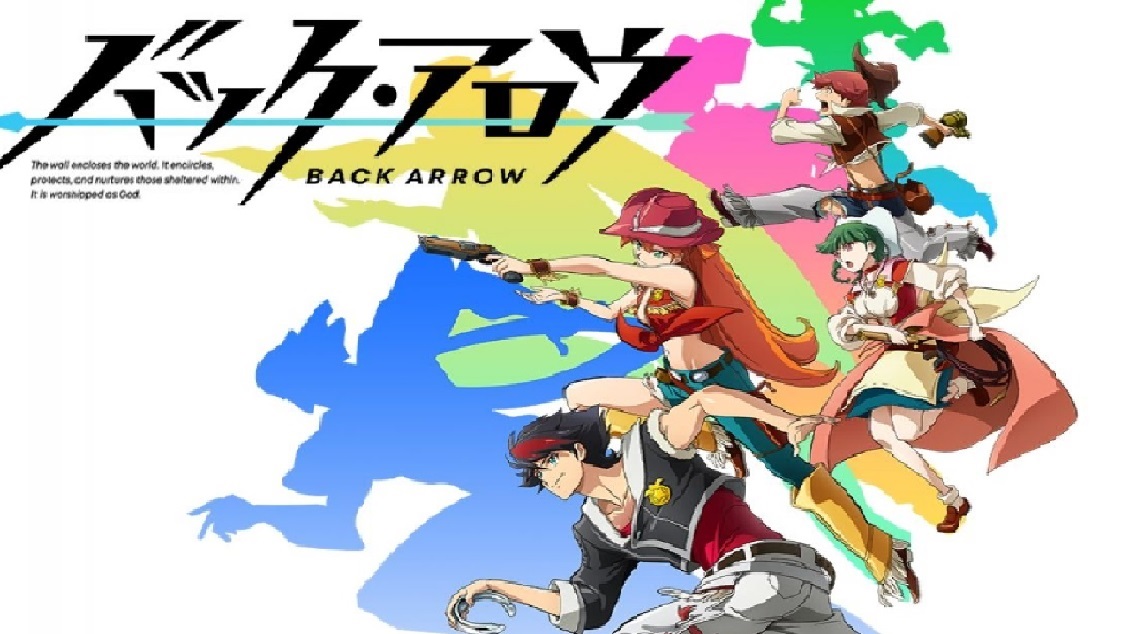
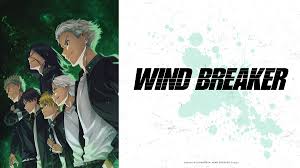

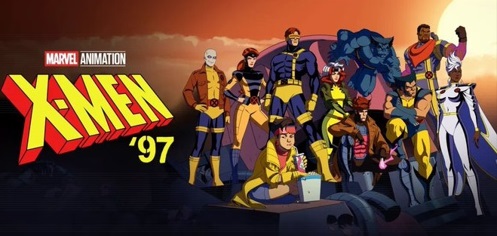
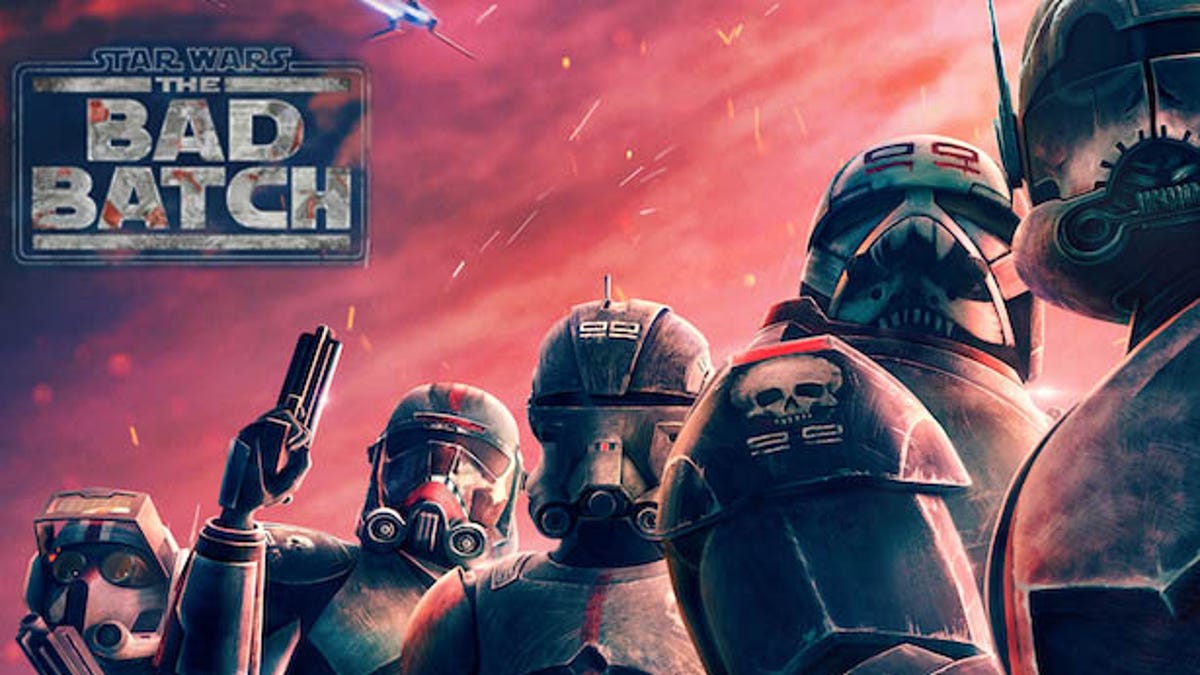
















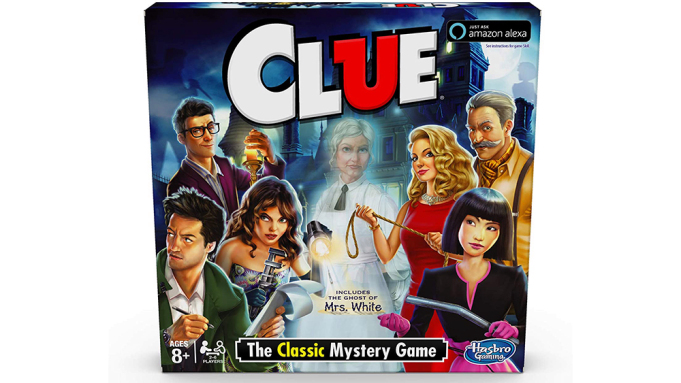


I'm hired!